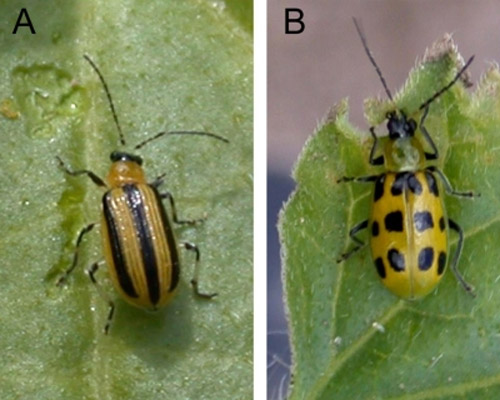There is a laundry list of things to do in the garden and since I am a fanatic, feel free to include the bits that you can benefit from and pass over the bits that seem like a crazy garden rant.
Here goes:
- Time to harvest your spring crops, lettuce, spinach, broccoli, kale, chard, spring onions, green garlic, and other greens should be ready now. My peas are coming along but not ready to harvest yet.

- Time to set up a regular feeding program for your summer veggies. Make sure you water your garden before applying fertilizer to prevent 'burning" your plants. Roots needs moisture to access those nutrients. Follow the suggested feeding instructions on any good vegetable/tomato organic fertilizer.
- Time to mulch your blueberries with a thick mulch of conifer needles (conifer needles because they are acidfiying). They are very shallow rooted plants and you want to make sure that they do not dry out in July and August. If you did not fertilize your plants in the spring, then you should take the time now to add a cup of acid fertilizer per plant.

- Time to stake and prune your tomatoes, if you do the minimal of pruning, you should remove all the lower leaves on your tomato plants and make sure no leaves touch the surrounding soil, this helps to prevent the spread of diseases.

- Time to build or make supports for your vining plants like snap peas, peas, pole beans and cucumbers, this make harvesting easier and leads to straighter cucumbers. It also keeps more of your tasty produce off the ground and away from critters like slugs.

- Time to pinch flower tips off onions, garlic and leeks, especially if they were planted in the fall. Do the same for basil if they have started to produce flowers. Since we want the plants' energy to go into producing the bulb, stem or leaves NOT flowers.

- Time to hill up your potatoes. Gather the soil you have in your garden and mound up the soil at the base of your potato plants. This will help more little taters form!
- Weed, Weed, Weed and Water. If you cannot water consistently, consider mulching with leaves to conserve moisture. Try hard not to water the foliage of your crops, if that cannot be avoided, then try not to water in the evenings. As summer heads our way, wet leaves and high humidity around our plants leaves them very susceptible to fungal diseases like blight.
- Time to keep a keen eye out for pests and squash them when you see them. Top summer pests are: aphids, asparagus beetles, flea beetles, cucumber beetles and squash bugs. Be sure to look on the undersides of leaves and squash anything that looks like these critters as well as their eggs.





- As it gets warmer, cool season crops should not be planted as they tend to 'bolt' in hot weather. They send up a seed spike and go to seed instead of growing and producing a harvest for you, such plants are lettuce, spinach, radish and other cool season crops. You can plant them again in the Fall.
I hope these tips are helpful, stop by my garden if you need advice and I am happy to help.
-Gia